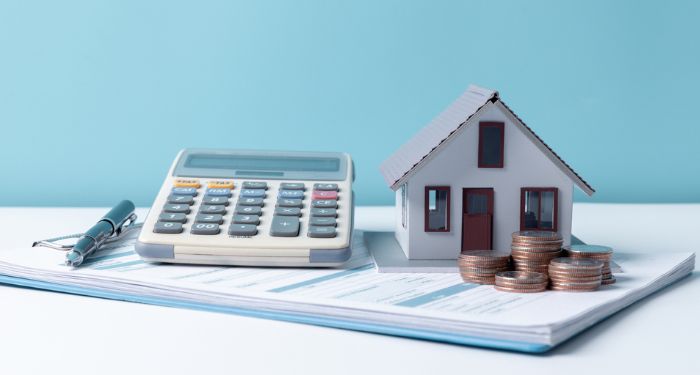Electronic Storage of LIHTC Tenant Files
Proper recordkeeping of tenant files is an important part to maintaining compliance in the affordable housing industry. Years of paperwork from certifications, lease amendments, inspection reports, correspondence, etc., can lead to tenant files that are the size of a small suitcase. There is only so much room in file cabinets to hold current tenant files, let alone wait list applications, move-outs, and all the other important documents needed for managing a property. If a property finds they are running out of storage space in their office, there is a solution. IRS Rev. Proc. 97-22 provides guidance on electronic recordkeeping. This means no more paper copies, as tenant files can be stored electronically! Please check with your State Housing Finance Agency for their policy on electronic recordkeeping before implementing electronic storage at your property.
The implementation of records management practices is a business decision that is solely within the discretion of the O/A. Records management practices may include the labeling of electronically stored books and records, providing a secure storage environment, creating backup copies, selecting an off-site storage location, retaining hard copies of books or records that are illegible or that cannot be accurately or completely transferred to an electronic storage system, and testing to confirm records integrity.
General Requirements
- One must ensure an accurate and complete transfer of the hardcopy records to an electronic storage media. The electronic storage system must also index, store, preserve, retrieve, and reproduce the electronically stored books and records.
- An electronic storage system must include:
(a) reasonable controls to ensure the integrity, accuracy, and reliability of the electronic storage system;
(b) reasonable controls to prevent and detect the unauthorized creation of, addition to, alteration of, deletion of, or deterioration of electronically stored books and records;
(c) an inspection and quality assurance program evidenced by regular evaluations of the electronic storage system including periodic checks of electronically stored books and records;
(d) a retrieval system that includes an indexing system; and
(e) the ability to reproduce legible and readable hardcopies of electronically stored books and records.
- Files must be legible and readable when displayed on a video display terminal or when reproduced in hard copy.
- Files must maintain electronically stored documents as per the recordkeeping guidelines.
- Hard copies do not have to be maintained once it has been established that the taxpayer:
(a) has completed its own testing of the electronic storage system that establishes that hardcopy or computerized books and records are being reproduced in compliance with all the provisions of this revenue procedure; and
(b) has instituted procedures that ensure its continued compliance with all the provisions of this revenue procedure.
For more information on Electronic Storage, contact M&L Compliance Management.
Creating and maintaining affordable housing communities is a complex task. Numerous state and federal requirements must be followed – both during development and for years thereafter. We clarify LIHTC, Federal HOME, HUD, and certification requirements you must follow to remain compliant. For more information on these services be sure to visit our Services pages and don’t hesitate to contact us. The information presented in this post is intended solely for informational purposes and should not be construed as consulting advice from M&L Compliance or McKonly & Asbury, LLP.
About the Author

Jennifer is currently a Compliance Manager and has been with MLCM since 2022. She has over 20 years of experience in affordable housing starting as a property manager in 2002 to now offering expertise and guidance in various industry topic… Read more



